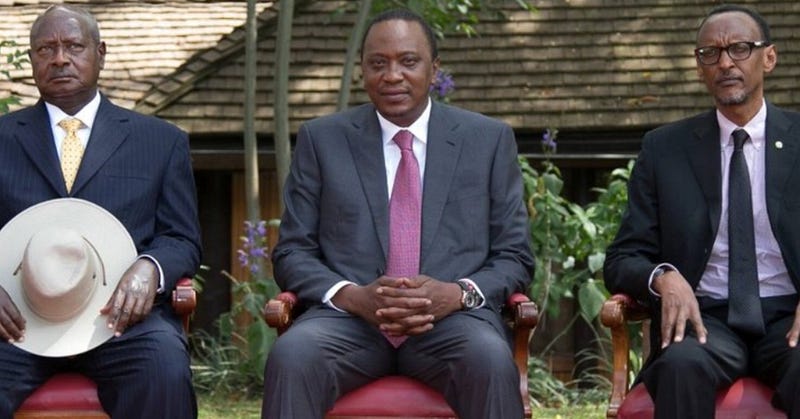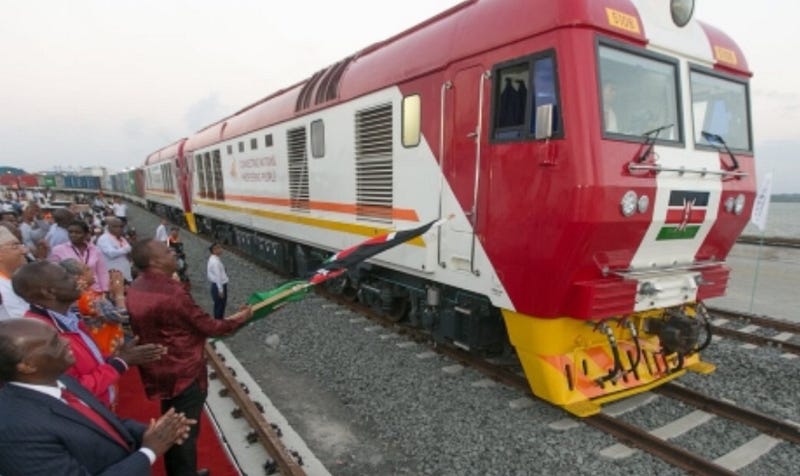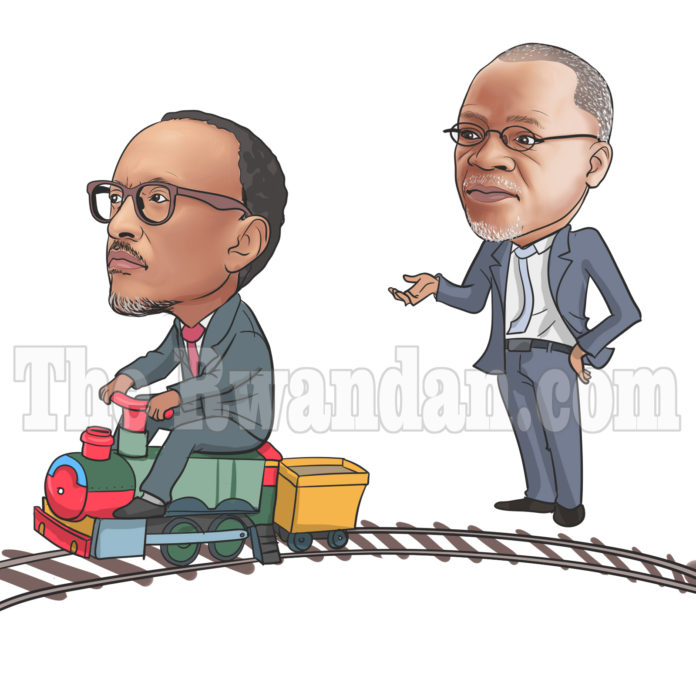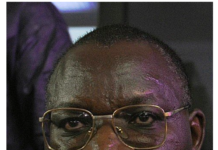By David Himbara
Rwanda is landlocked. This makes transporting goods very costly — to put it mildly. The cost of Rwandan imports/exports increases by over 40 percent because of the costly road transport to and from the seaports of Dar Es Salaam in Tanzania and Mombasa in Kenya.
The journey to the two seaports is tough and long using broken roads and facing legal and illegal tariff barriers along the way. Legal and illegal police checkpoints, dozens of weighbridges, and chaotic border crossings compound the challenges of road transportation. For example, the Kigali-Dar Es Salaam trip, a mere 1,400km, takes from four days to over a week for transporting goods.
Enter Paul Kagame, the man at the helm of the Rwandan state during the past two decades. At the center of his Vision 2020 launched in 2000, was modern infrastructure and regional integration for greater prosperity .
Kagame began to talk about revolutionizing transport by connecting Rwanda to Tanzanian rail systems during the presidency of Benjamin Mkapa — 1995–2005.
Kagame continued the discussions with the next president of Tanzania — Jakaya Mrisho Kikwete, in office from 2005 to 2015. On January 26, 2008, Kagame announced that an American company, Burlington Northern Santa Fe (BNSF) Railway, was ready to build a rail link from Rwanda’s capital Kigali to Tanzania’s rail network in Isaka Tanzania. By 2013, when the railway was supposed to be up and running, Kagame promised ”to hit” Kikwete after the latter suggested that the Rwandan strongman negotiates with his many political opponents.

When the Kigali-Dar Es Salaam railway fell apart in 2013, Kagame joined Uganda’s Yoweri Museveni and Kenya’s Uhuru Kenyatta into the ”coalition of the willing.” Together they would build a railway from Kigali, through Kampala, and Nairobi to Mombasa at a cost of US$13 billion. The ambitious infrastructure would be completed by March 2018.
Kenya’s component was partially completed in June 2017, when the US$3.2 billion rail line from Mombasa to Nairobi was launched.

Nothing was ever heard of from Kagame and his railway — until recently. He dropped out of the coalition of the willing and went back to Tanzania.
Kagame is now dealing with a third Tanzanian president — John Magufuli, in office since 2015.
We are now told that the two gentlemen are to build electric trains. In its lead article published on March 10, 2018, Rwanda’s ruling party newspaper, The New Times, explained the unfolding drama as follows:
”The groundbreaking of the railway that will link the Tanzanian port of Dar-es-Salaam and Kigali remains October 2018…Under the proposed electric locomotive, passenger trains will travel at a speed of 160km/hr while cargo train will move at a speed of 120km/hr…The Standard Gauge Railway from the port of Dar es Salaam to Kigali is expected to cost Rwanda and Tanzania close to US$2.5 billion…Tanzania will foot $1.3 billion with Rwanda expected to spend $1.2 billion.”
There is one small problem. Where will Kagame get US$1.2 billion? Don’t count on Kagame’s 160km/hr electric train yet, please. At this rate, Kagame’s railway will never leave the station.
































































